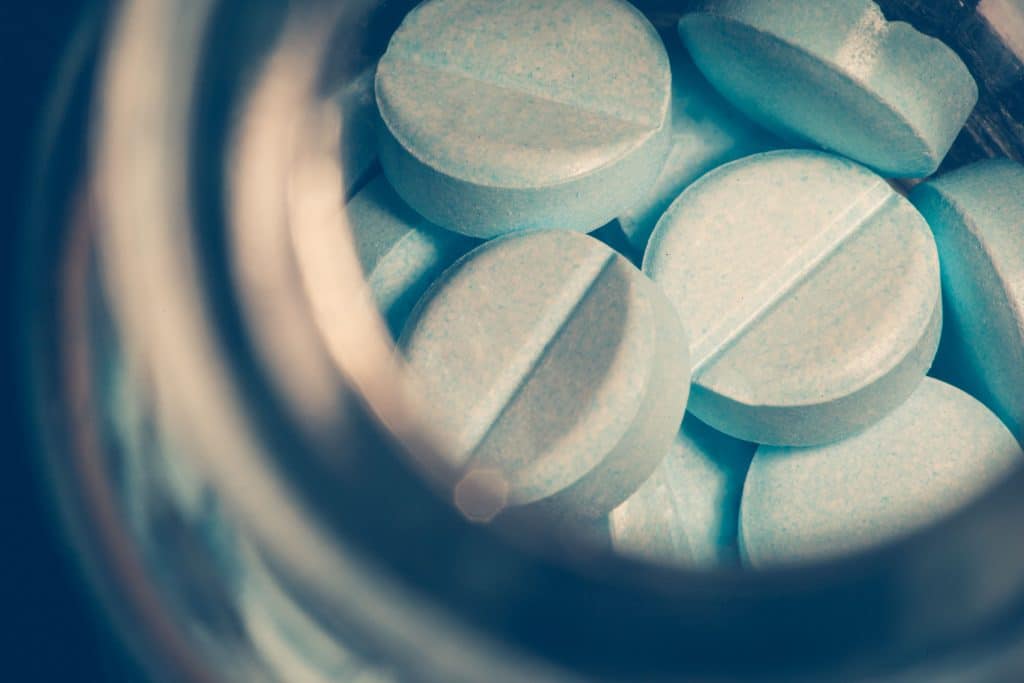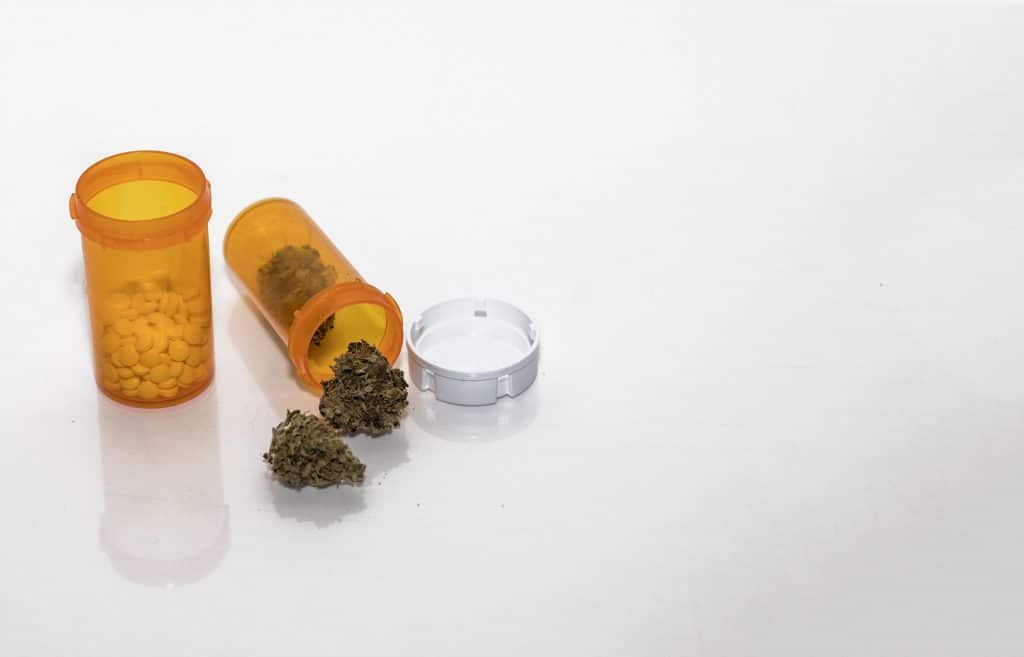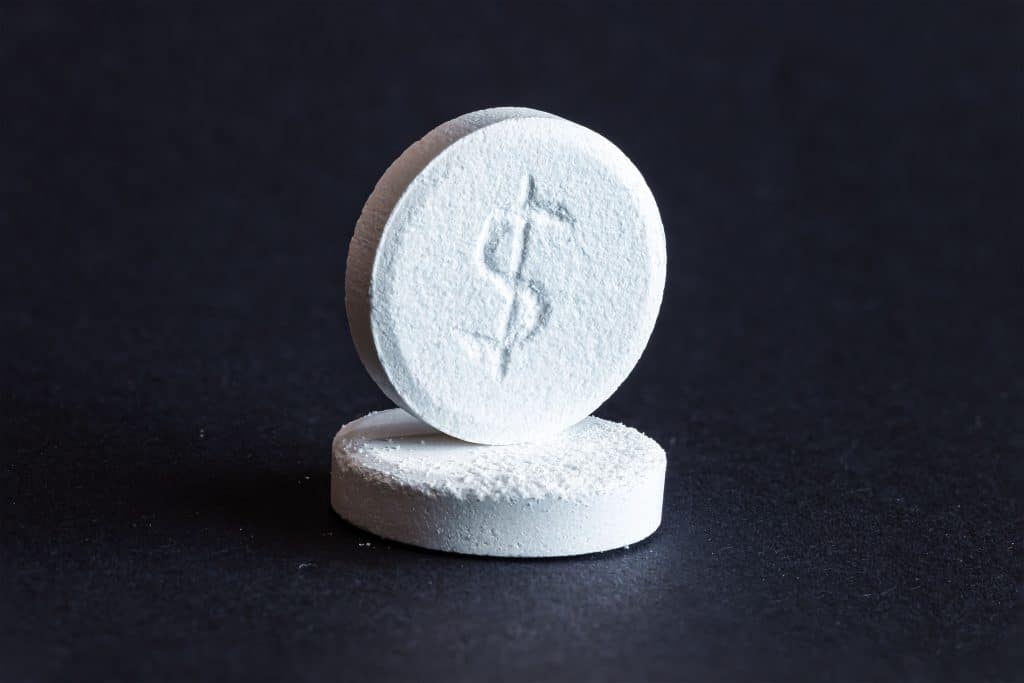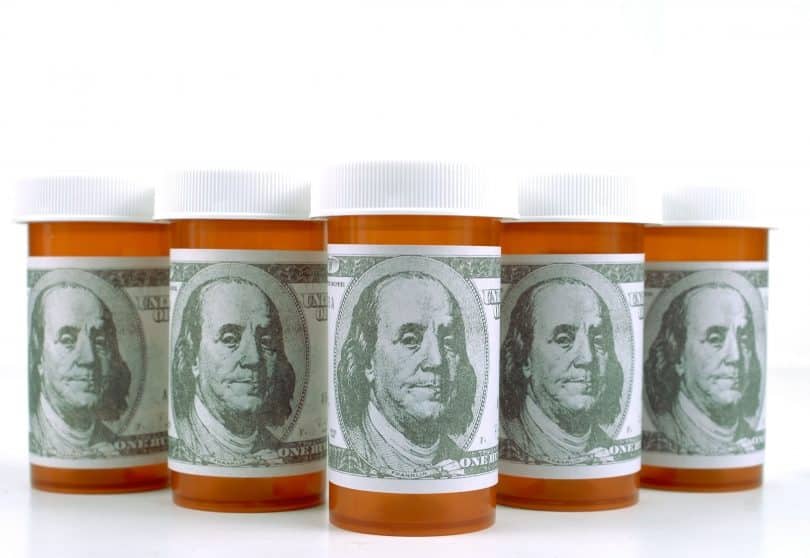It’s a horrible topic that we can’t stop talking about because it doesn’t stop being a horrible topic. One of the biggest issues in the world of health and drugs is the opioid epidemic, and the large and growing number of overdose deaths from these doctor-prescribed medications. Research on different fronts point to the use of weed as a way to lower opioid use, with a recent study related to payments once again backing up that idea.
The connection between weed and opioid use
The opioid issue is huge, and the medical industry is constantly commenting on it, and how to deal with it. In a recent study, investigators showed a monetary connection which indicates that places with legalized weed, also have lower opioid prescription and use rates. However, the study comes with some concerning points.
The study, entitled Using Penalized Synthetic Controls on Truncated data: A Case Study on Effect of Marijuana Legalization on Direct Payments to Physicians by Opioid Manufacturers, was put out by researchers from the University of Florida, University of Southern California, and Purdue University.
In the study, investigators assess data from drug transactions of direct payments from opioid manufacturers, directly to physicians. In this case, specifically between 2014-2017. The purpose? To identify if these payments are affected by the inclusion of medical cannabis policies. In order to do this, the researchers used a “a novel penalized synthetic control (SC) method that accommodates the zero-payment related latent structures inherent in these payments.”
Thank you for coming by. Subscribe to the Cannadelics Weekly Newsletter for email updates; and for sweet offers on tons of swag like cannabis flower, vapes and other smoking-related equipment, edibles, cannabinoids, amanita mushroom extracts, and so much more. We promote feeling good. Come do it!
The paper makes this statement, “Physicians are the primary gatekeepers for deciding medication for patients needing pain management.” This is important to remember as death numbers spiral out-of-control. As medical marijuana is employed in more places and for more things, more doctors might be driven to switch up how and what they write for pain.
Study findings
The study results indicate a “a significant decrease in direct payments from opioid manufacturers to pain medicine physicians as an effect of [medical marijuana law] passage.” It found that “physicians in states with an MML are prescribing fewer opioids.” The thought is that this is “due to the availability of medical marijuana as a substitute.”
To get more specific, this “substitution effect is comparatively higher for female physicians and in localities with higher white, less affluent, and more working-age populations.” This could indicate that female doctors might be friendlier in general to the idea of medical marijuana, or it could speak to females having less powerful relationships with opioid producers. It’s hard to say which.
The study found that in 2015, doctor’s prescribed 49% more opioid treatments than non-opioid treatments in terms of 30 day prescriptions, as well as prescribing 49% more days of prescribed medication for opioid vs non-opioid treatments. In states where no legalization measure was applied, the ratio remained about the same for opioid vs non-opioid prescription, at about 1.38:1.
For states that did apply a medical marijuana legalization within the years 2015-2017, the study found that the same ratio decreased from 1.57:1 to 1.52:1. The same decrease in ratio was likewise seen when looking at the number of days of medication prescription when comparing opioid to non-opioid medications, in states that passed a medical legalization.
These numbers imply something weird though, which the researchers don’t talk about. They imply that states without medical weed policies, automatically prescribe less opioids. After all, a 1.38:1 ratio is lower than either 1.57:1 or 1.52:1, indicating non-legal states prescribe less before and after a legalization. This, to me, seems suspect, or at the very least, very much in need of some sort of explanation. Nothing of the sort is given.

Realistically, according to this data, researchers could say that states with medical weed policies, have uniformly higher opioid prescribing, and likely higher use. And that seems a big enough point that it deserves expansion, which it didn’t get. In fact, all the researchers say after presenting the information, is “We leave further analysis of the possible effect of MML passage on patient care for future research.” What this means, is impossible for me to say based on what is provided. But it’s an odd thing not to address.
Wait a second, how did they put this together?
The thing about a lot of research, is that its not exactly direct. Meaning its not about counting heads in a group. It can’t be when researchers want to study large populations. When trying to assess something on a country-wide level, it means making estimates about larger numbers, often using models to generalize information to a greater level. While this is necessary, it can create questions of effectiveness in specific situations.
In this case, the investigators created a “novel penalized synthetic control method.” They describe it as such: “This method estimates an average treatment effect from a longitudinal dataset on multiple treated and control individuals. We create a synthetic counterpart of each treated and control unit by closely matching on the target unit’s and their groups’ average pre-treatment outcome history using the pooled synthetic 27 control strategy. Further, we use a novel penalty so that the resulting estimators are adaptive to the latent groups in the data whose members have similar quarterly non-payment patterns.”
They go on to explain it further, but the point in me quoting it, is to show it’s a bit more complicated than counting up the prescriptions or payments by themselves. So can there be error in models? Of course. Am I saying there is one here? Not exactly. I’m just pointing out a strange piece of data, which was spoken about only partially, and which works to ask more questions than it answers.
Another reality to consider, is that researchers looked at payments from opioid manufacturers to physicians; something often looked at as a corrupt way to get more prescriptions written. The researchers in the study overlook this idea, and actually say “interactions between these manufacturers and physicians are critical to advance existing pain management protocols.” And that “Direct payments from opioid manufacturers to physicians are established conduits to facilitate such interactions.”
In fact, the researchers seem concerned about less money flowing from opioid producers to doctors. They say, “The finding that the opioid manufacturers in states that passed MML are stepping away from this particular form of interaction is concerning, for such activity can significantly affect the opioids ecosystem.”

Do we really want doctors taking payments from opioid manufacturers?!?
The researchers in the study sound concerned about a possible erosion of the opioid market. But…isn’t that we want? Something like weed to affect the current opioid eco-system and lower the amount of use? And don’t we want to see less of them prescribed, and doctors paying less attention to opioid manufacturers?
Perhaps the biggest issue with this study, beyond making an implication about legalized states uniformly prescribing more opioids vs non-opioids than non-legal states, is that it seems to be written by researchers who fully support payments made from opioid producers directly to the doctors who prescribe them. Which has already caused tons of controversy in that those who accept such payments, tend to write more prescriptions.
This can be seen in an investigation into pharmaceutical payments directly to doctors in the state of New York. In this 2018 report by New York Health Foundation, it found that among other things, “Physicians who received payments from opioid manufacturers prescribed more opioids to Medicare patients than physicians who did not receive any opioid-related payments.”
How much money are we talking about, and how frequently did it seem to have this effect? According to the report, “More than $3.5 million in opioid-related payments were made to physicians in New York State by pharmaceutical companies; about one in ten physicians who prescribed opioids to Medicare patients received a payment.”
It said that, “Moreover, a higher number of opioid prescriptions was associated with more opioid-related payments to physicians.” However, it also found that these payments were concentrated among a choice few doctors, “Opioid-related payments from industry were concentrated within a small proportion of physicians, who tended to prescribe a large quantity of opioids. The top 1% of physicians in New York, in terms of the amount received in opioid-related payments, received more than 80% of total payments.”
So perhaps the finding of the current report that less money is going to doctors from opioid producers, is actually an indication of a lessening of these seemingly corrupt payments, which have led to more prescribing. Which is technically what we want in this climate. And which therefore strongly calls into question the motives of the researchers and why this information makes them concerned.

Conclusion
I admit I’m slightly confused. The study talks about medical weed bringing down opioid use as seen through payments, which in the middle of a crisis like this, is optimal. Then it backhandedly turns this around and essentially questions if this is a good idea. Perhaps this study is an example of how research is often funded for a purpose, and not always with the best of intentions. I can’t say this for sure, as no funding information is given. Maybe a problem in and of itself.
Hello readers. We appreciate you joining us at Cannadelics.com; a place for independent news reporting on the ever present world of drugs. Stop by regularly to keep in-the-loop on important stories, and sign up to the Cannadelics Weekly Newsletter, so you’re always on top of what’s going on.









